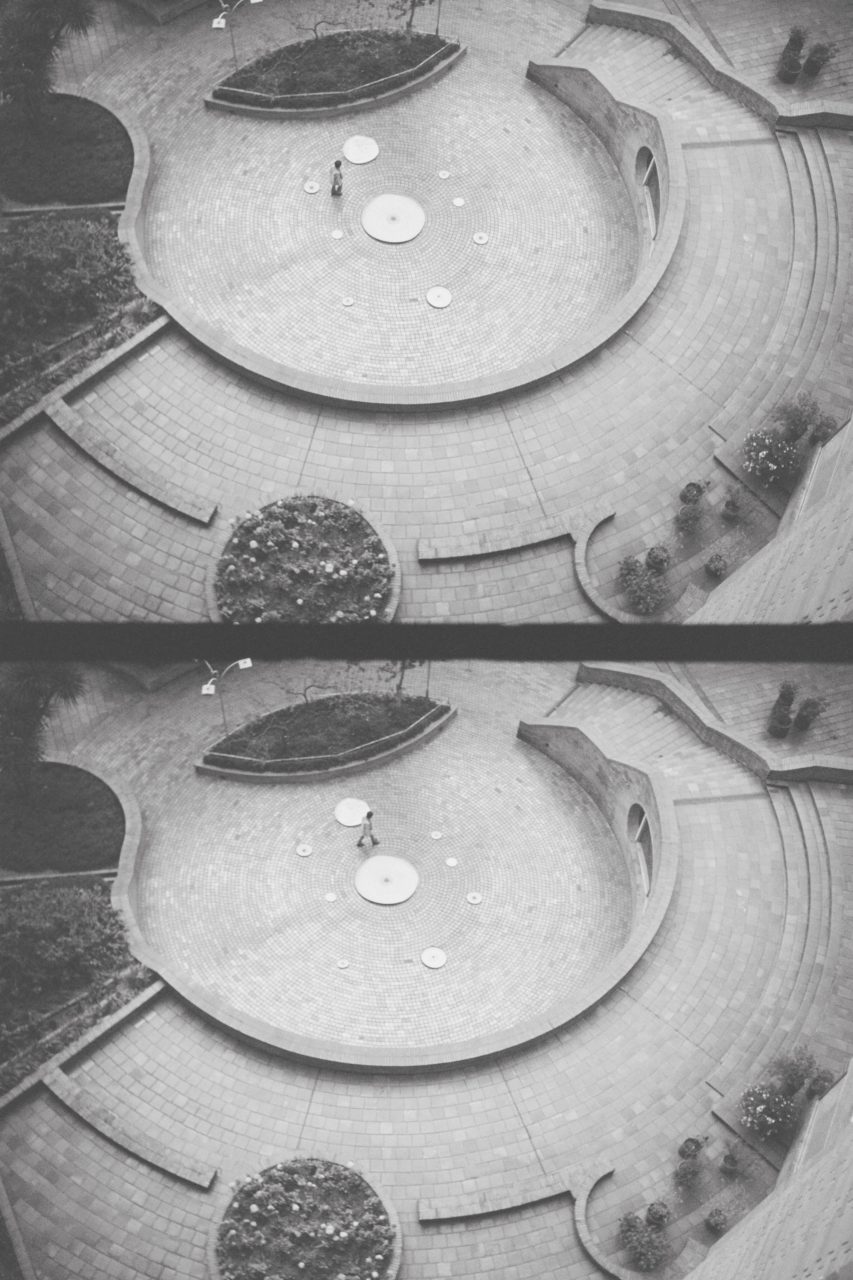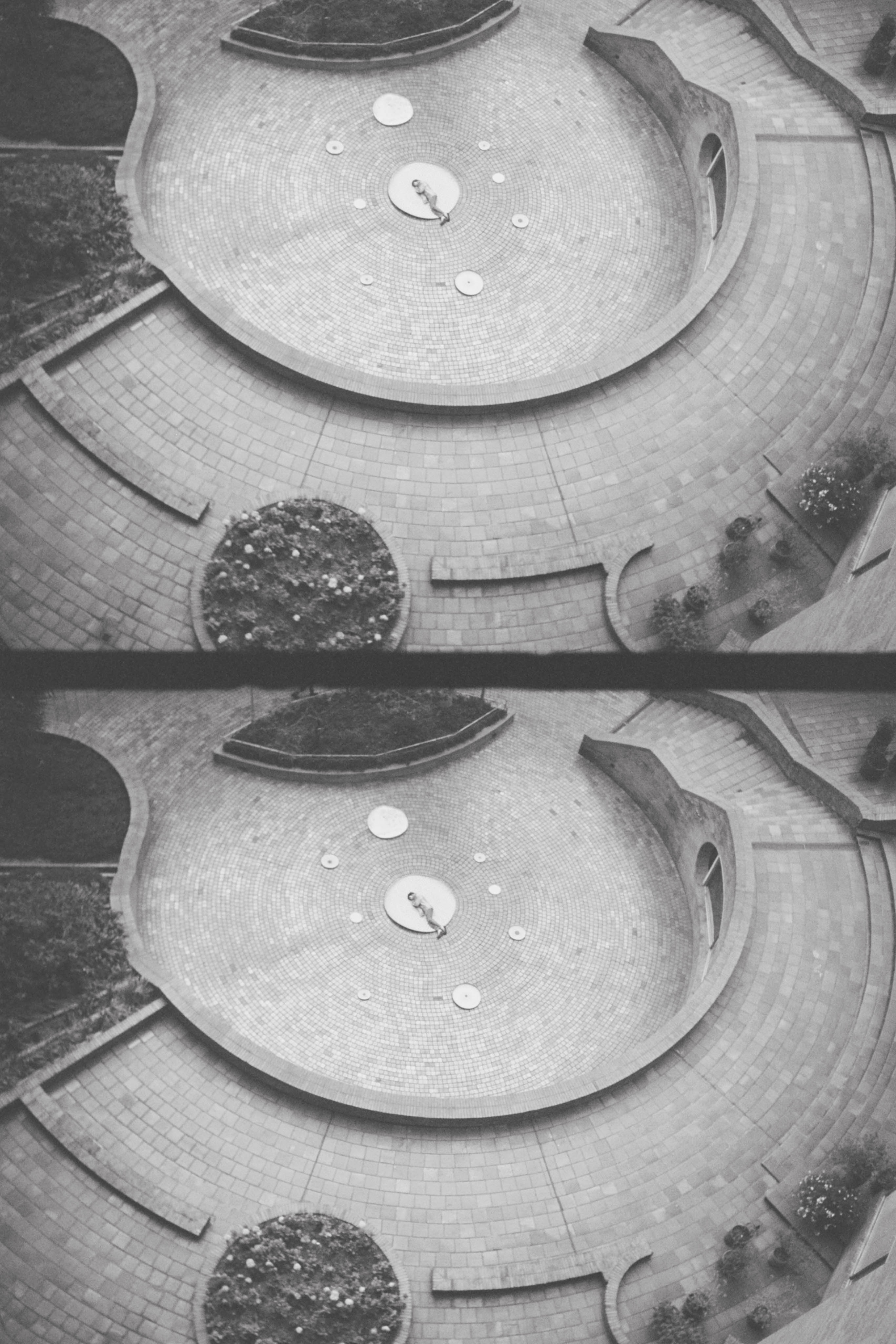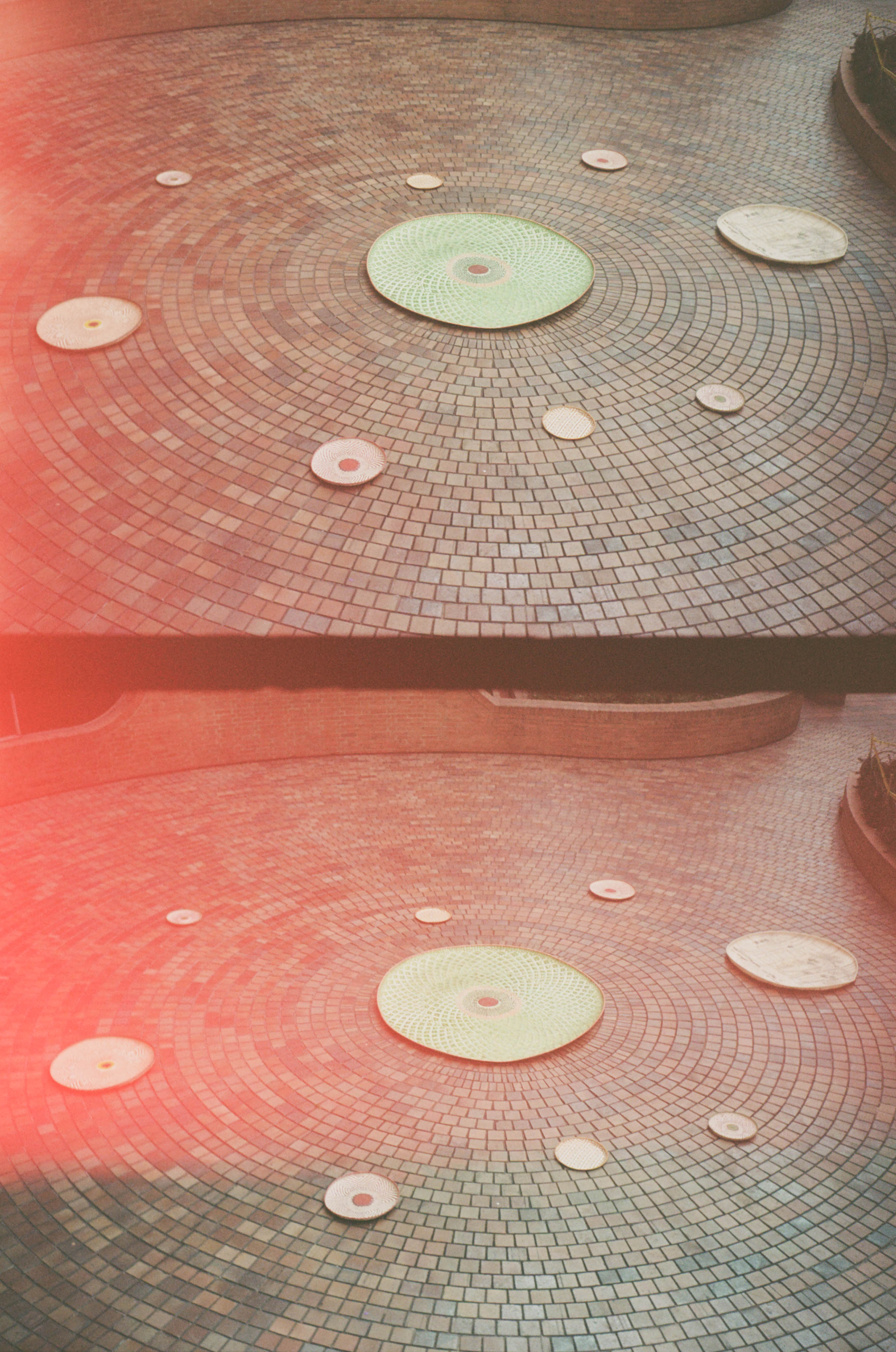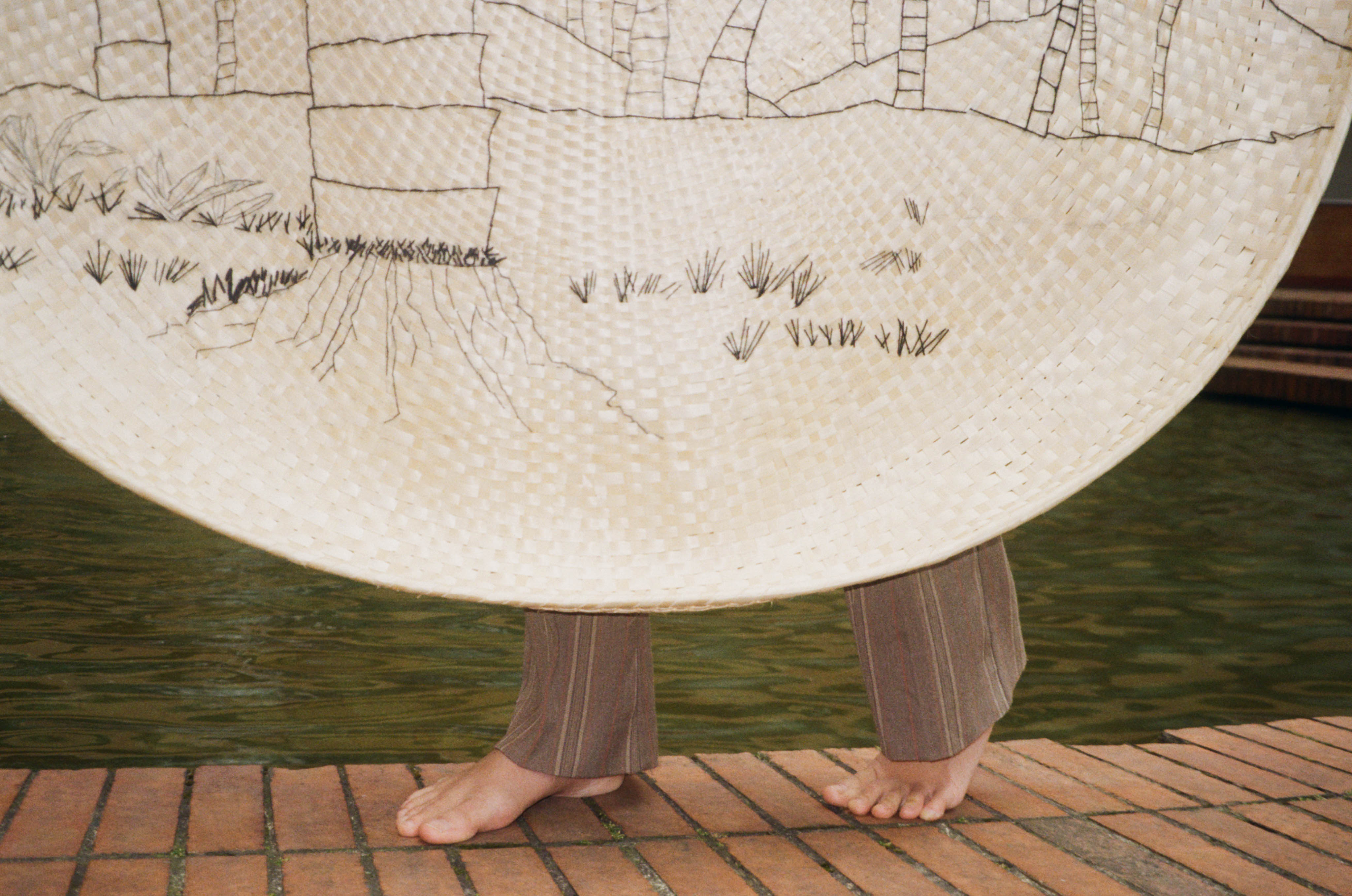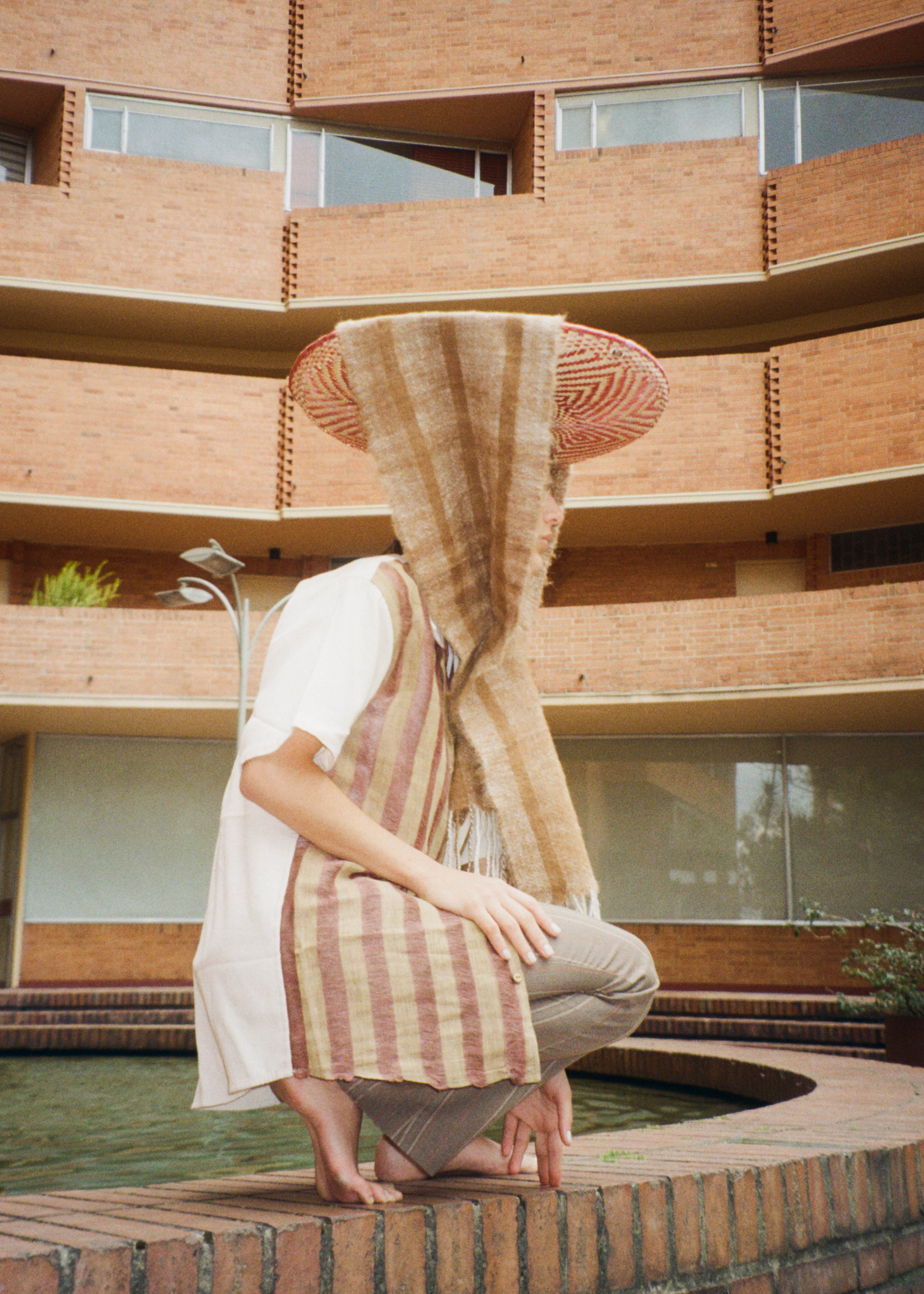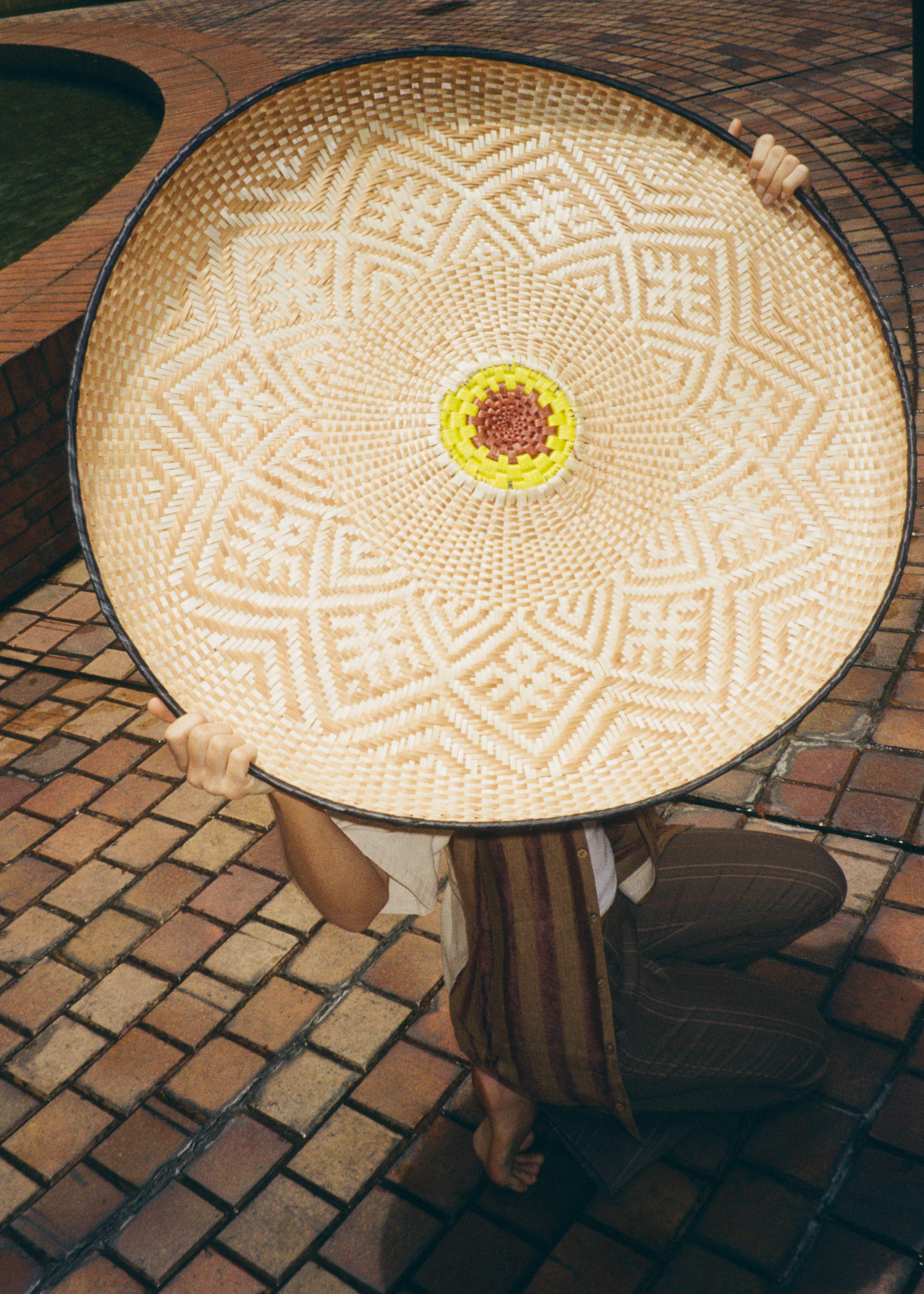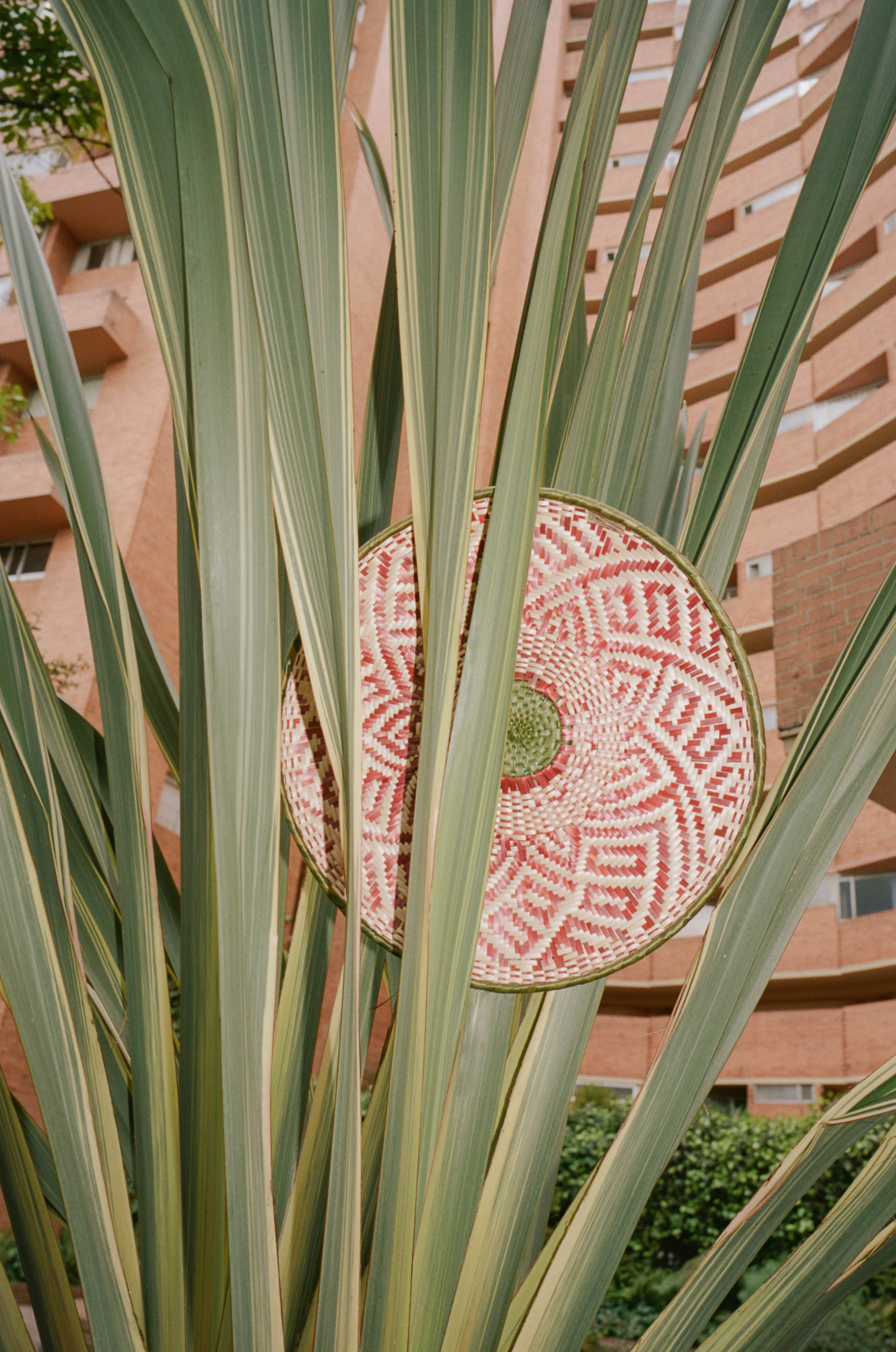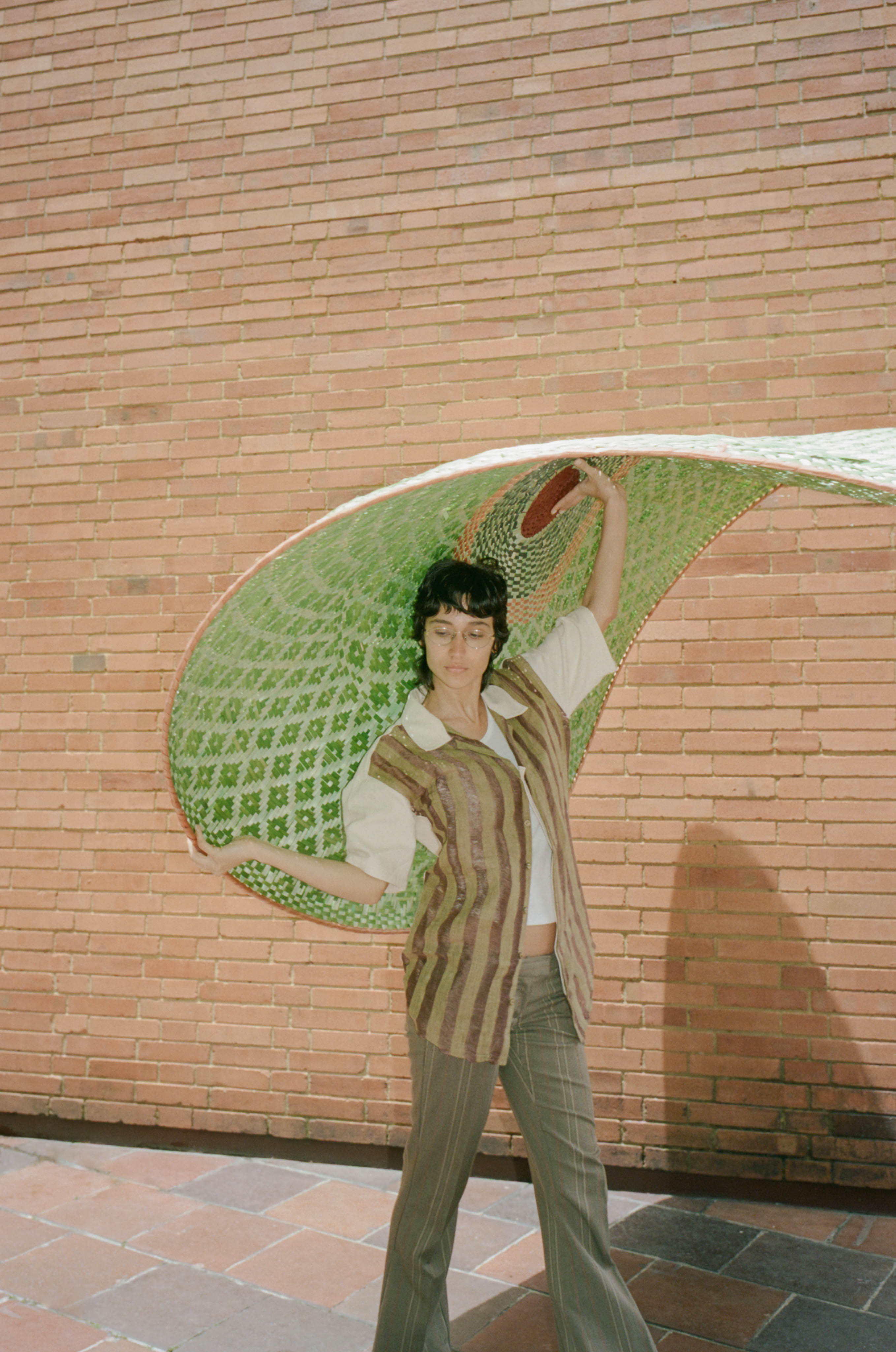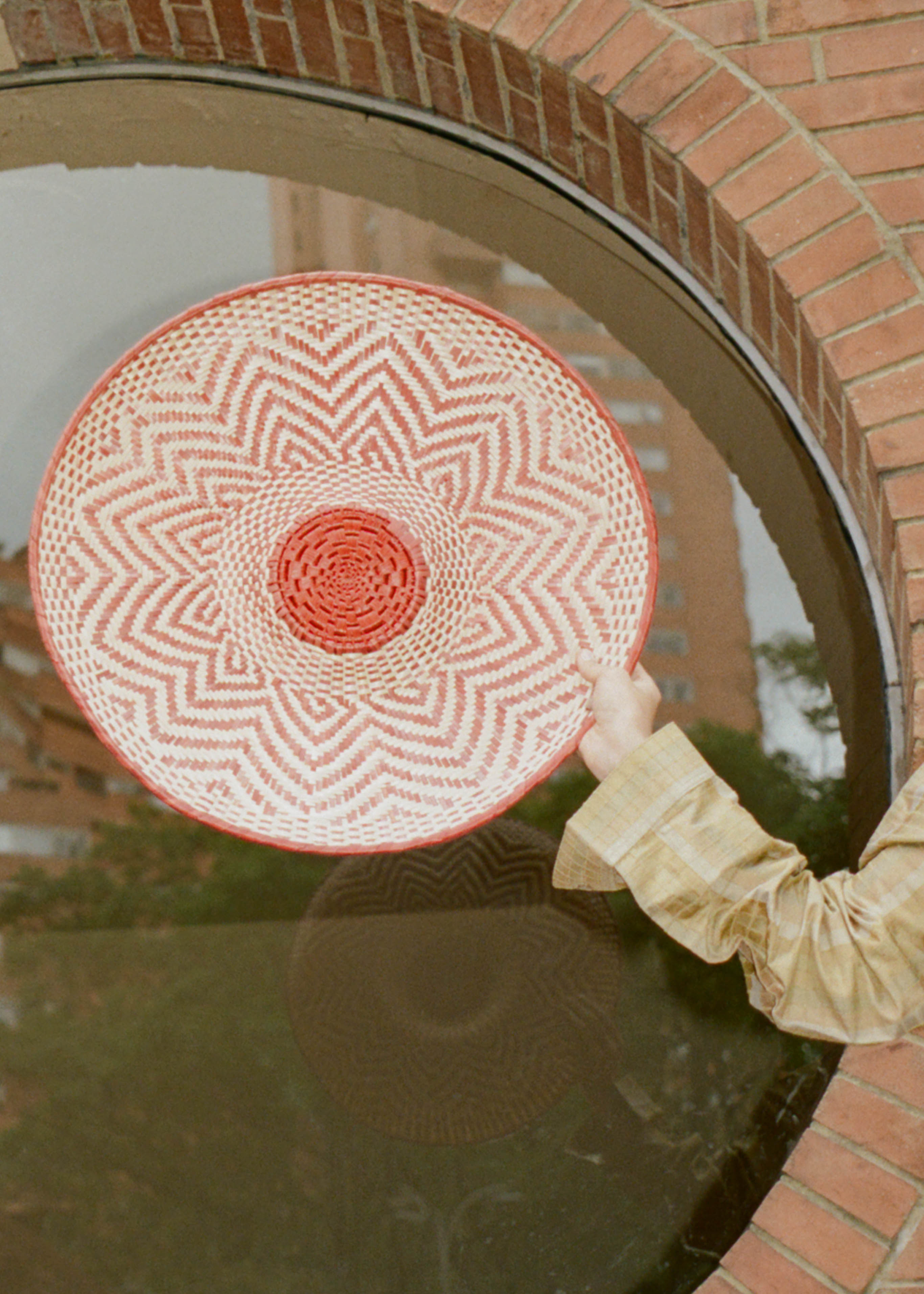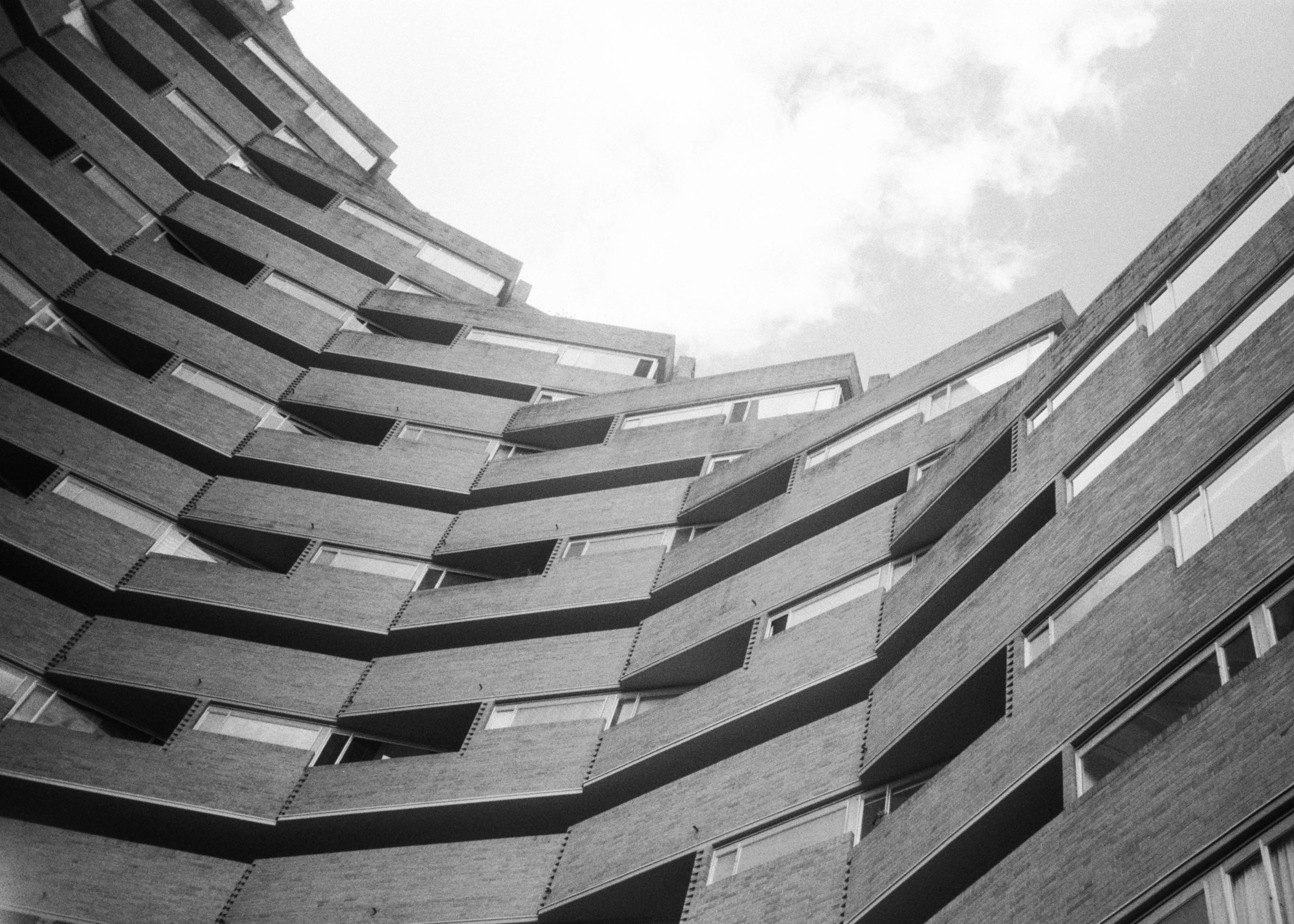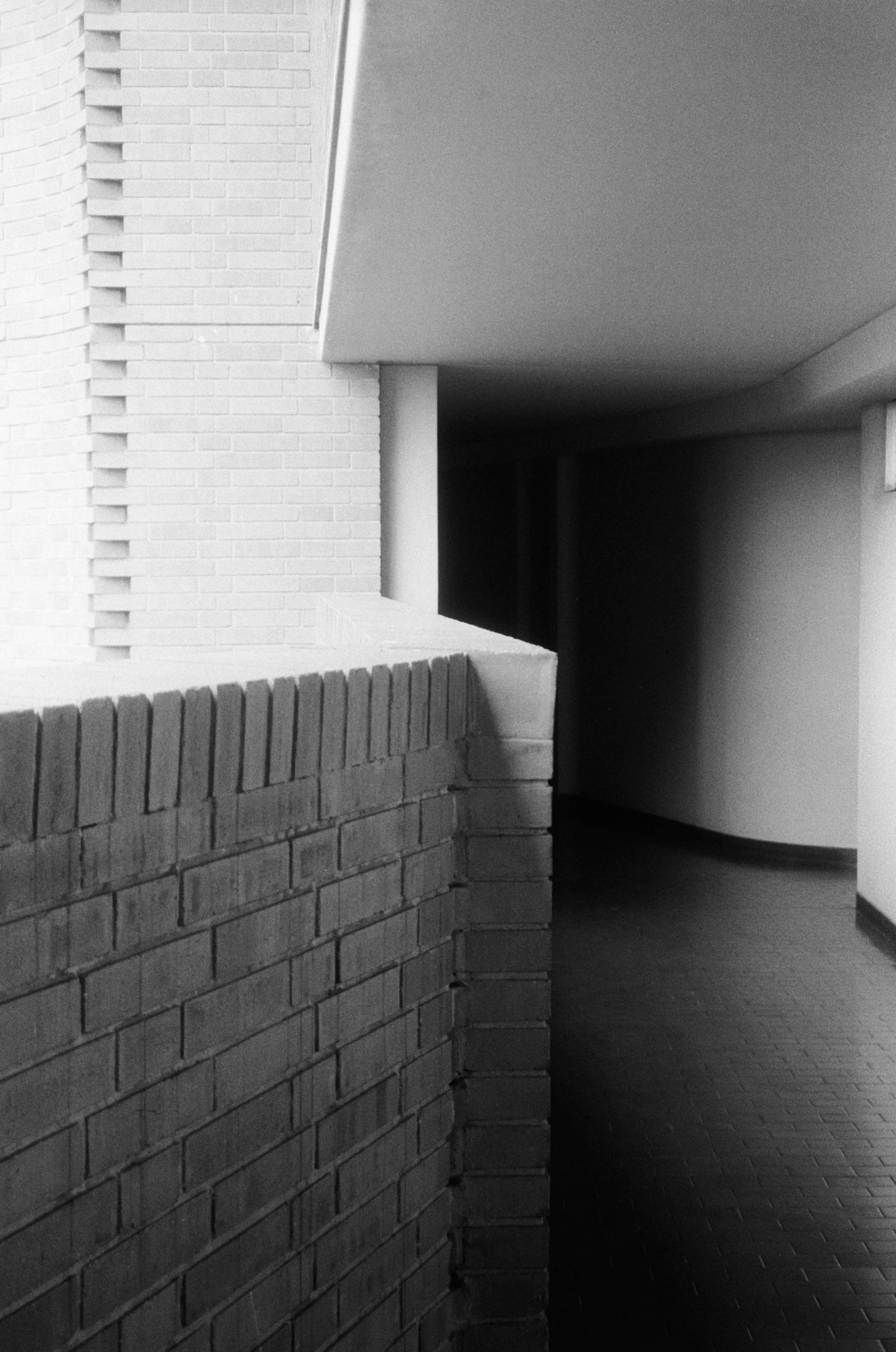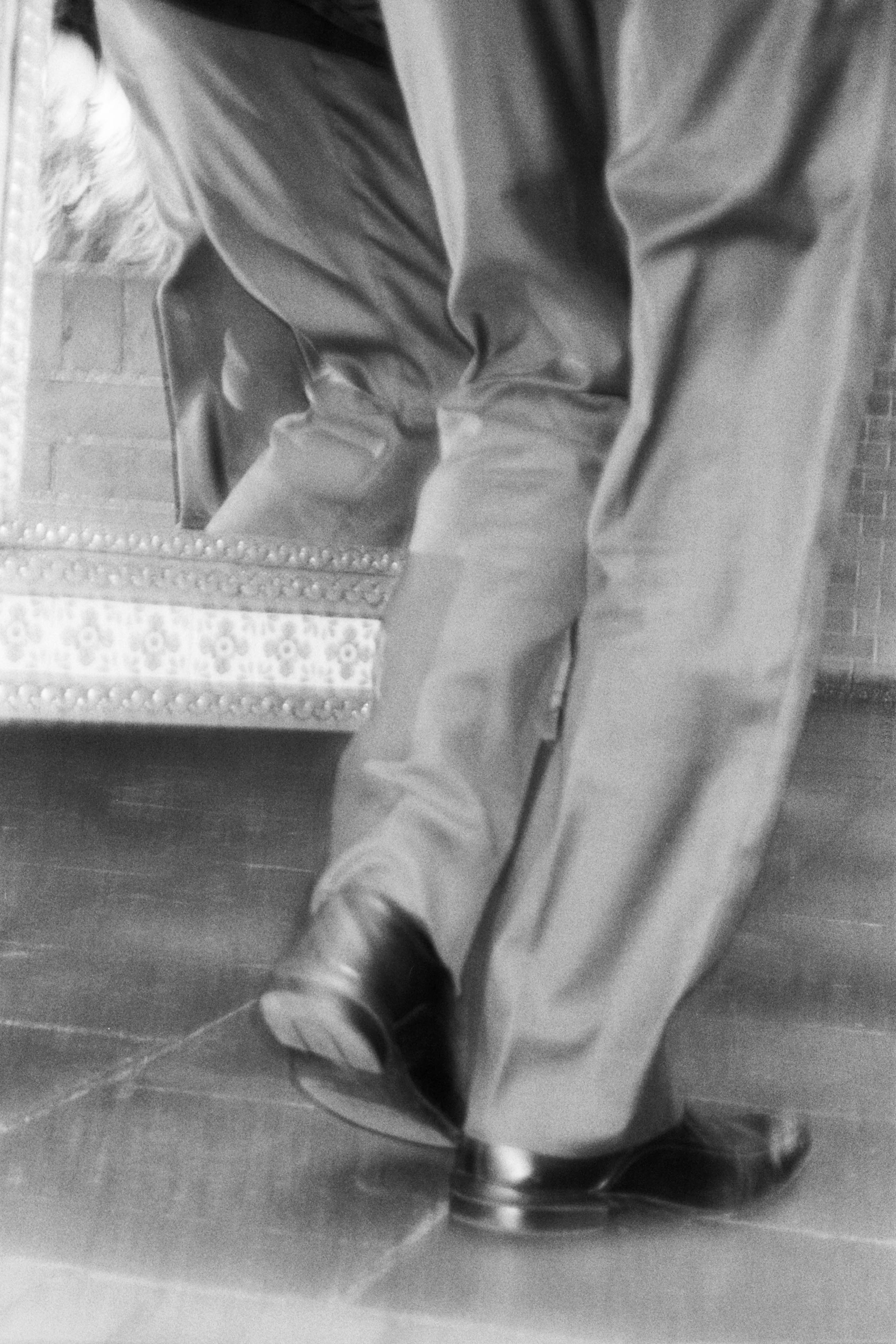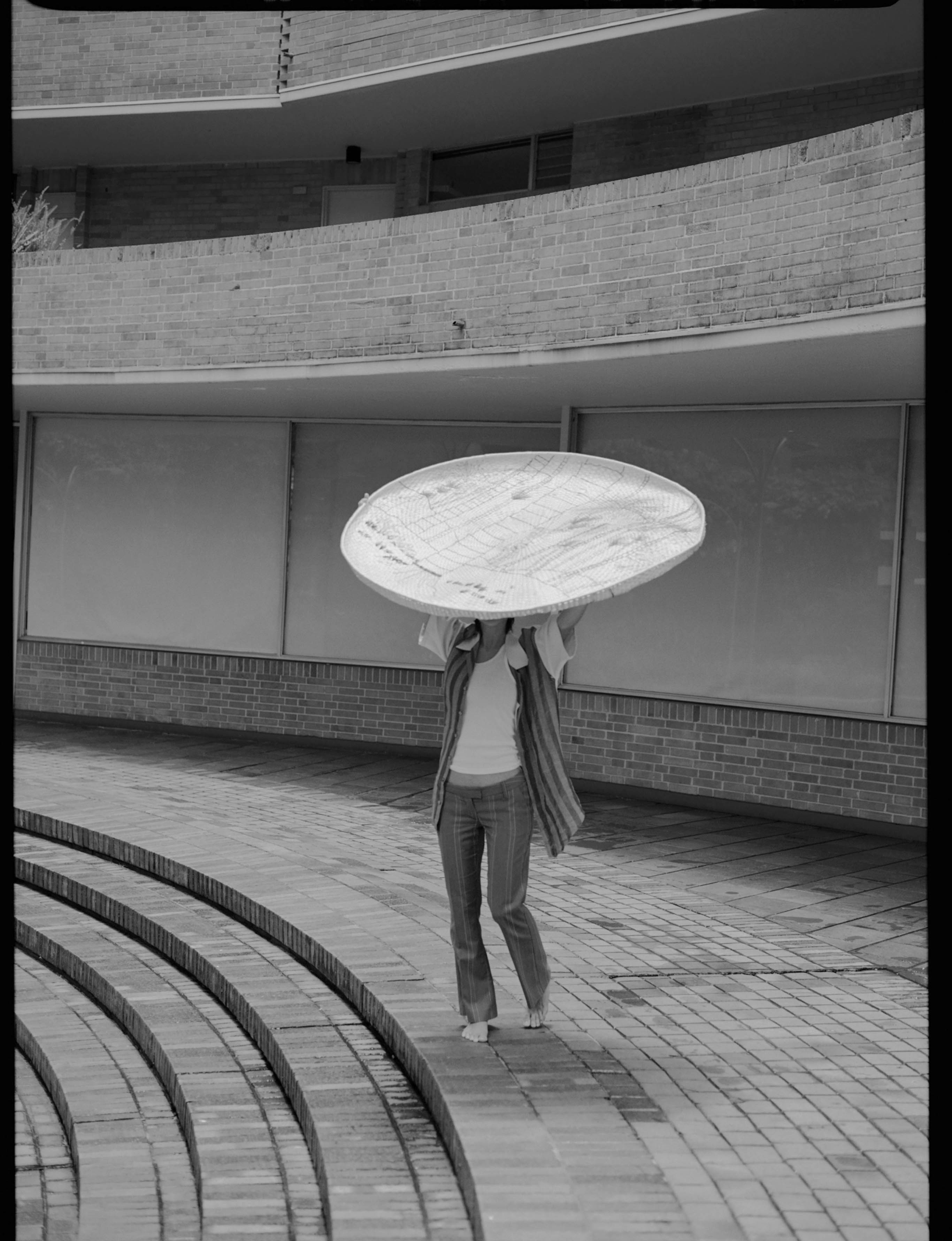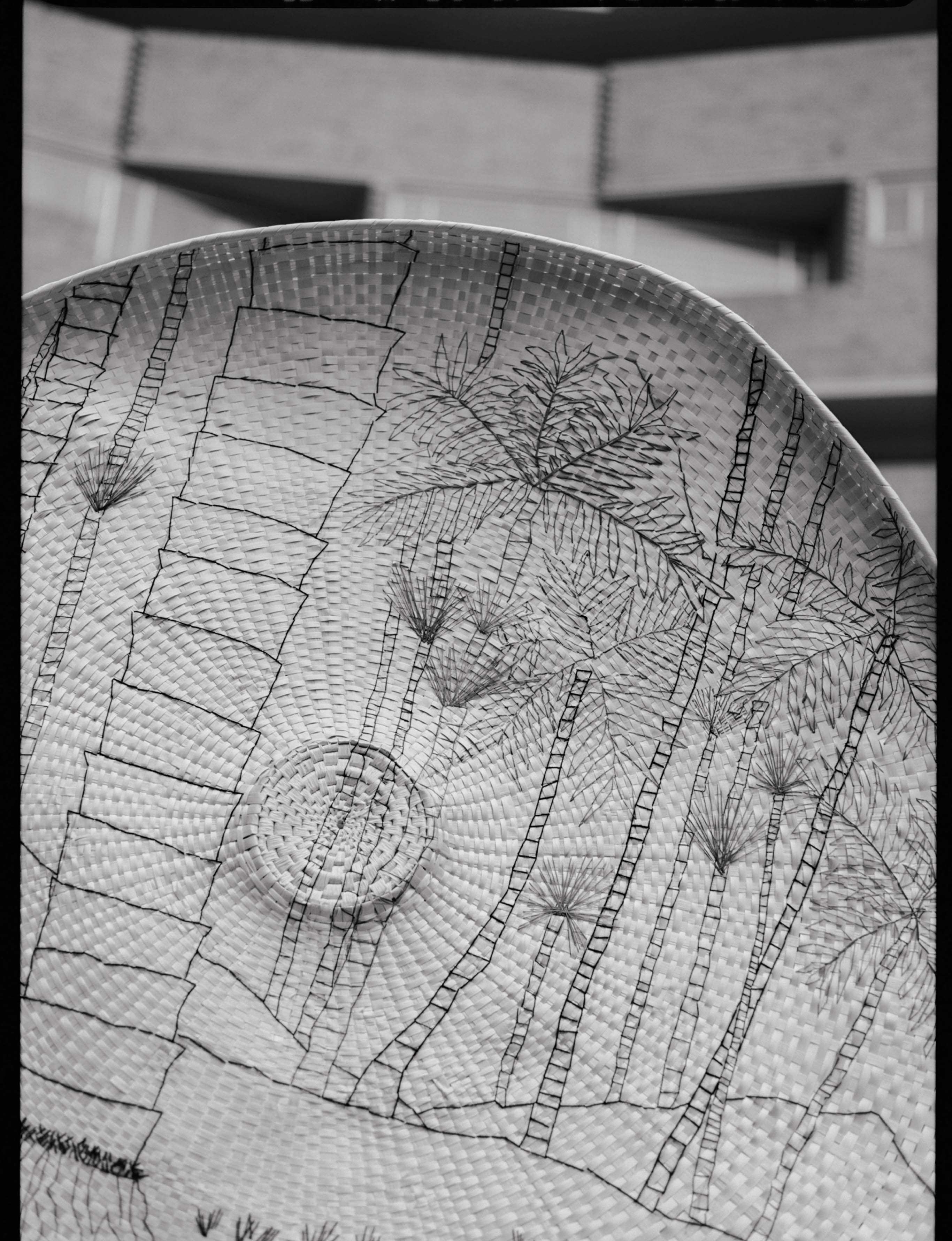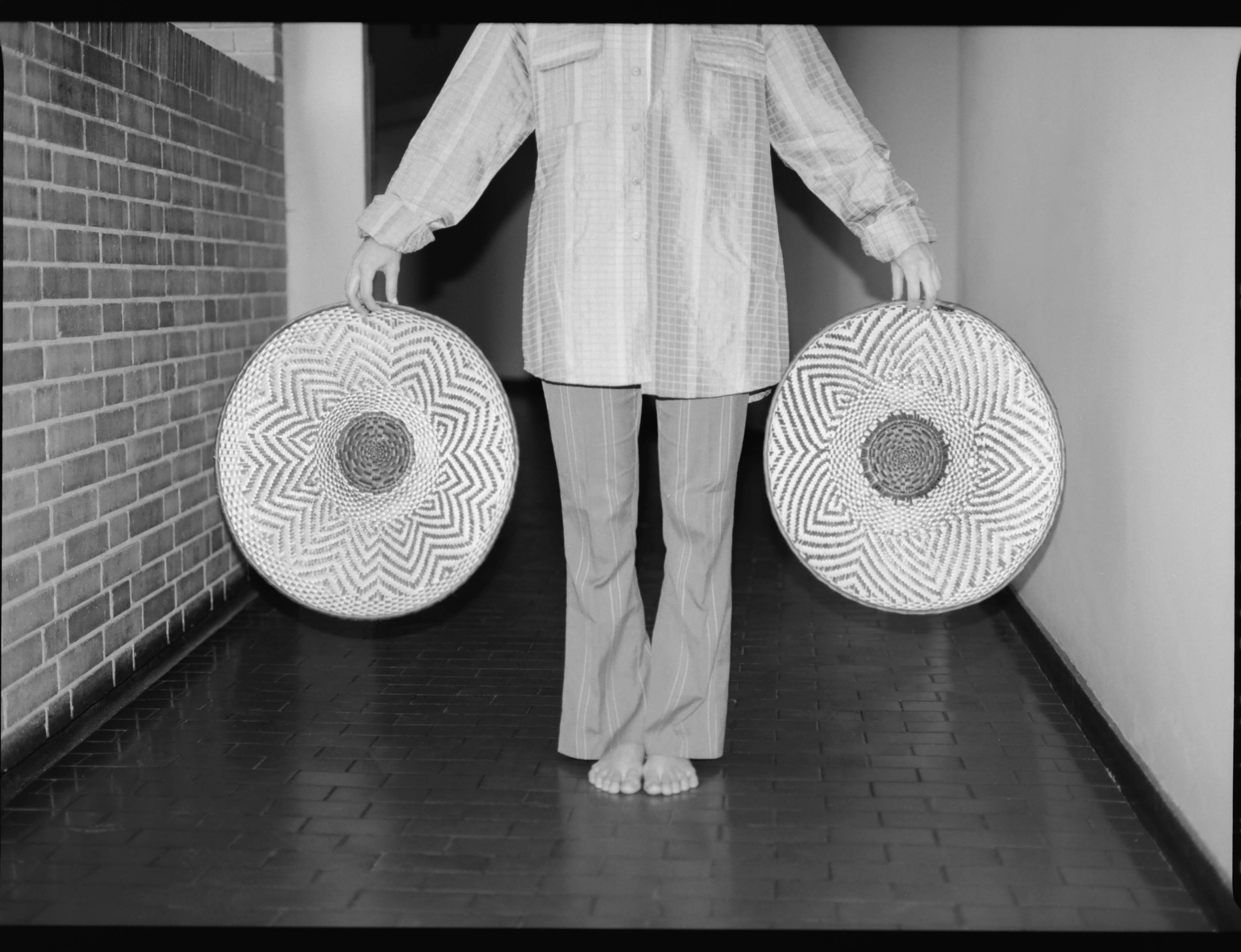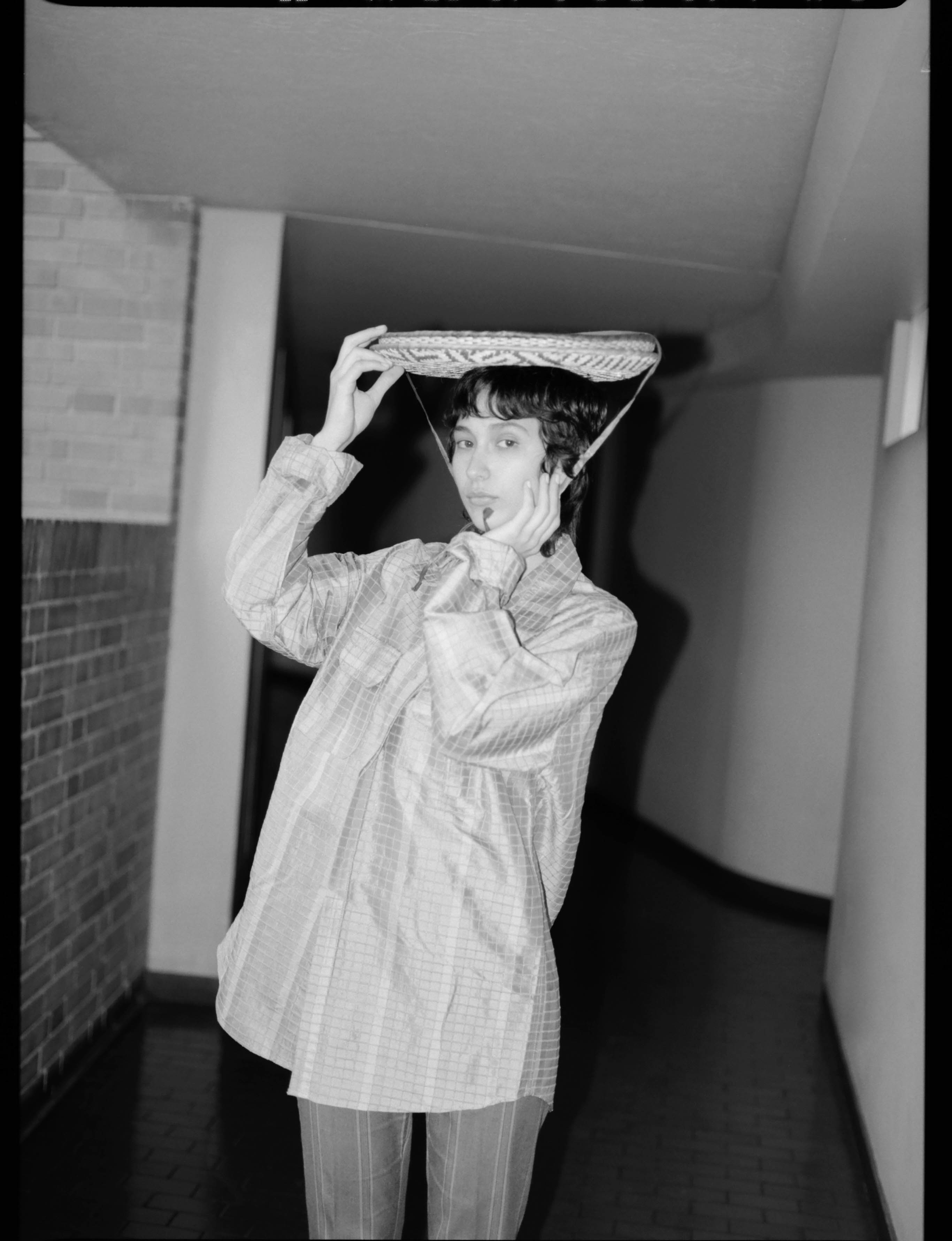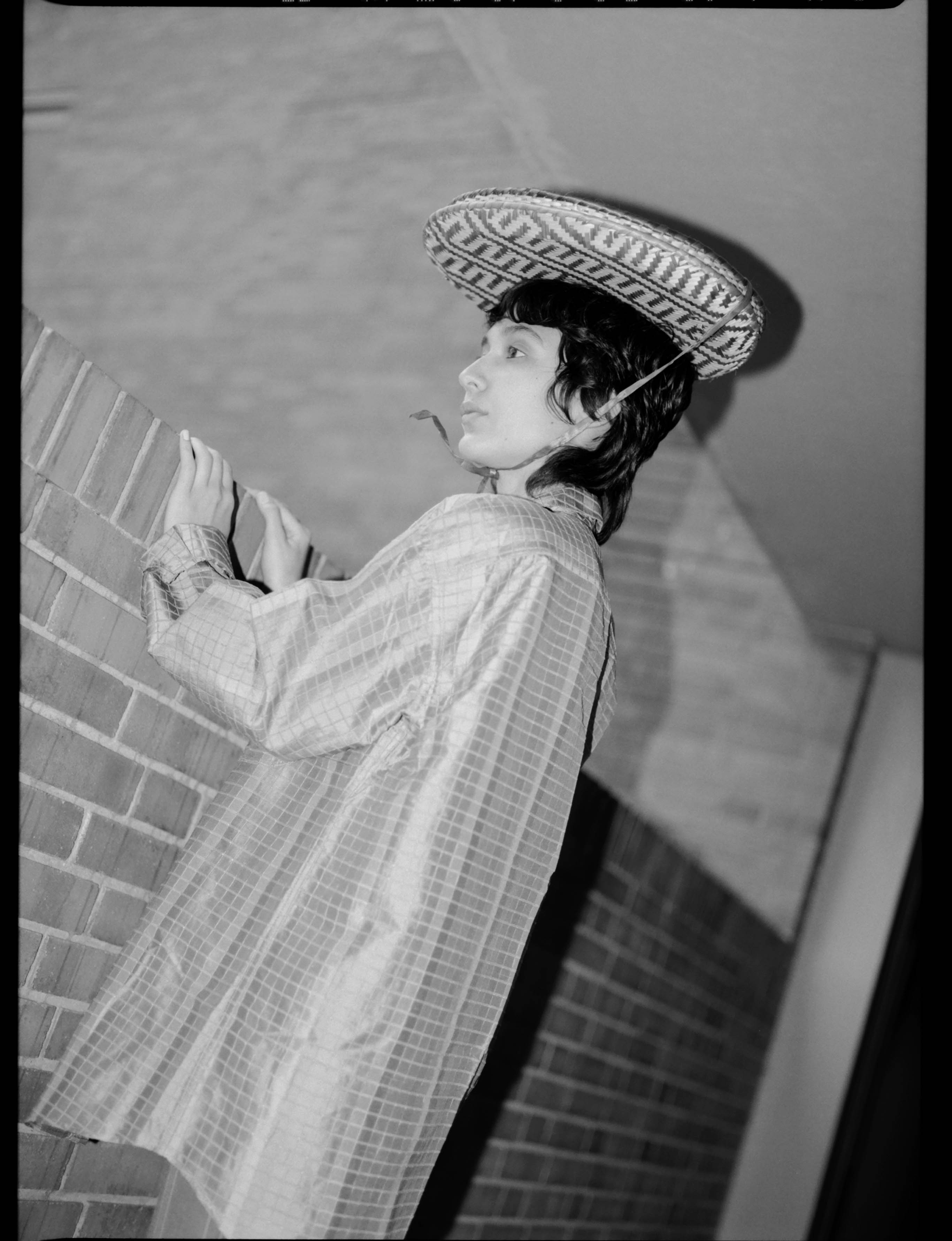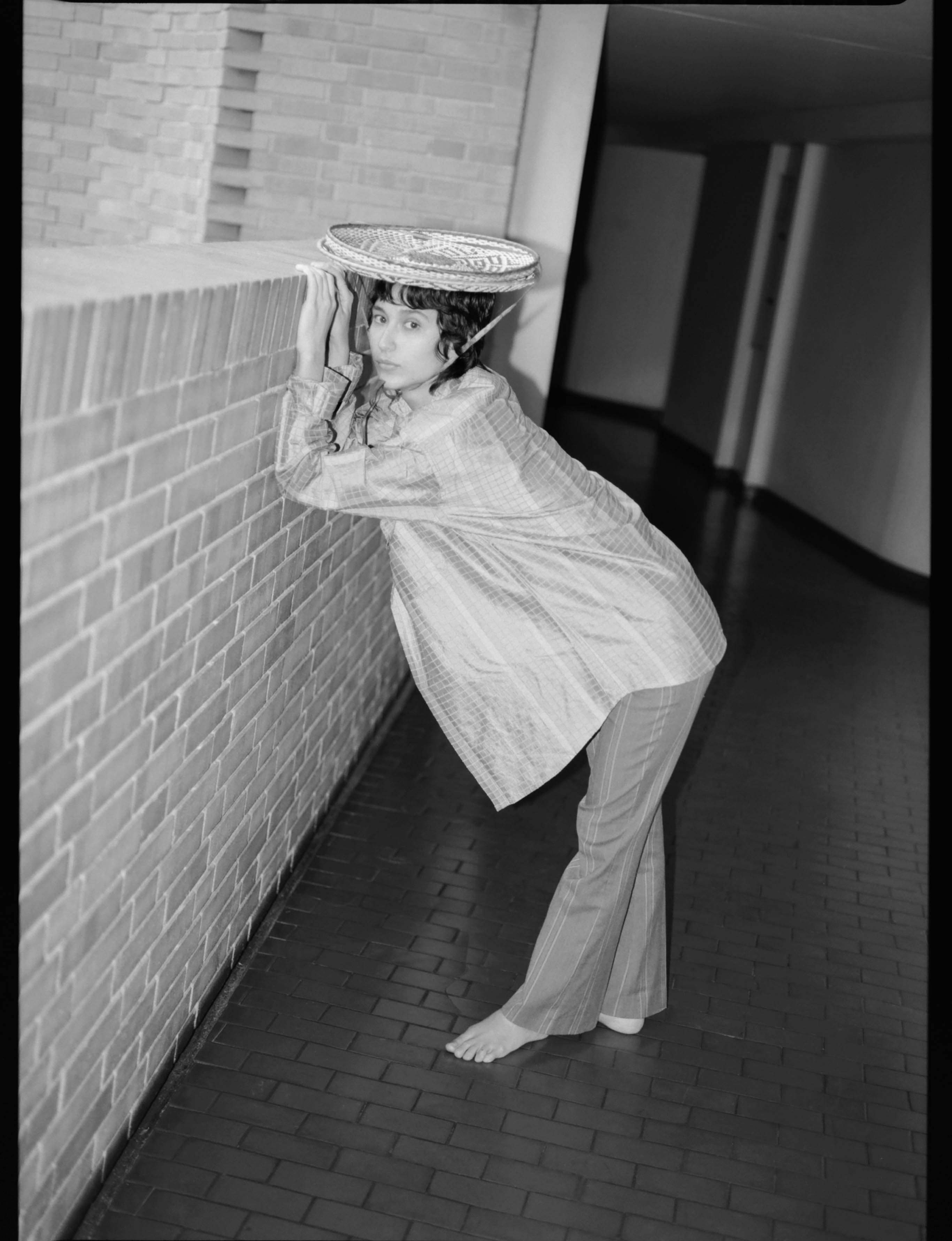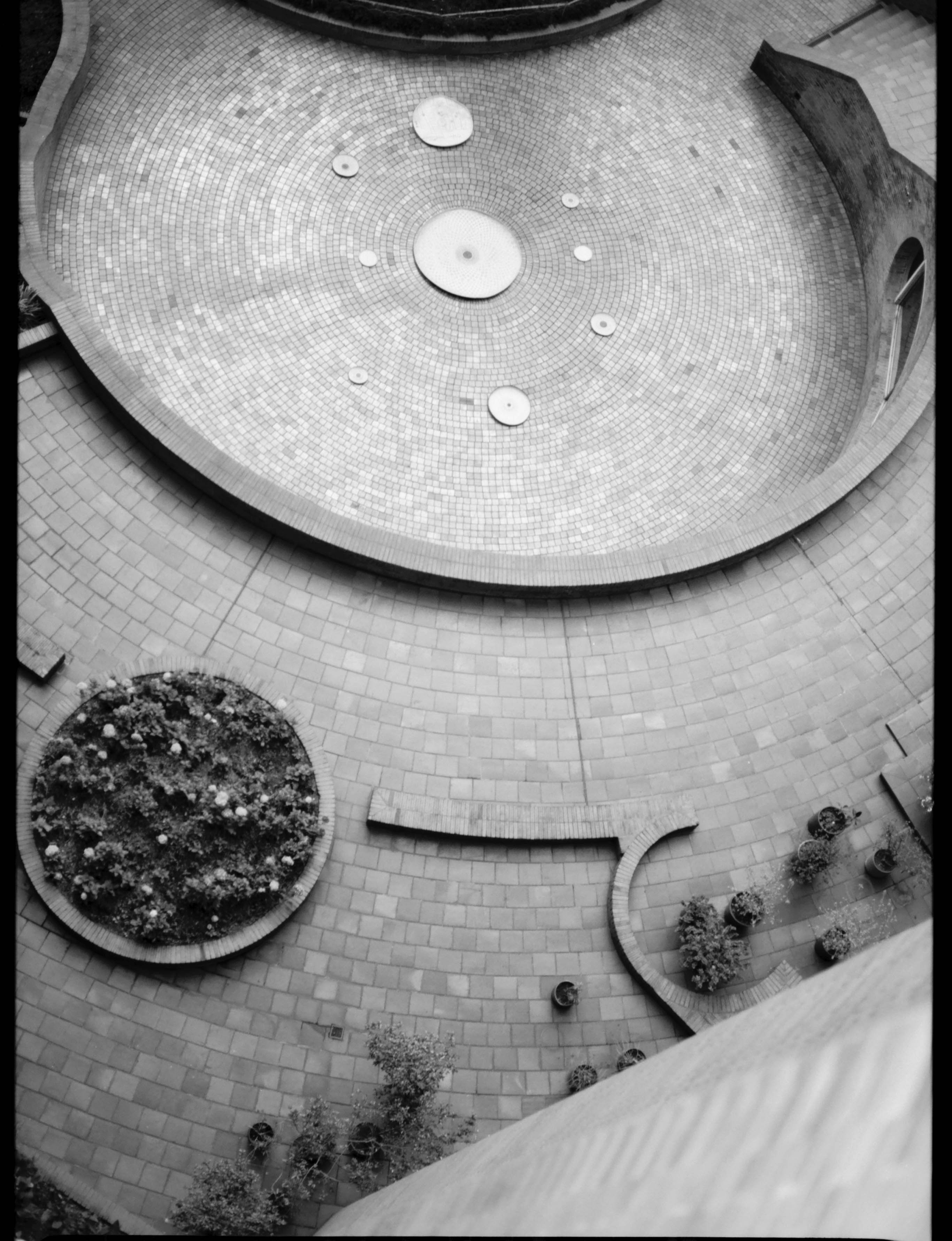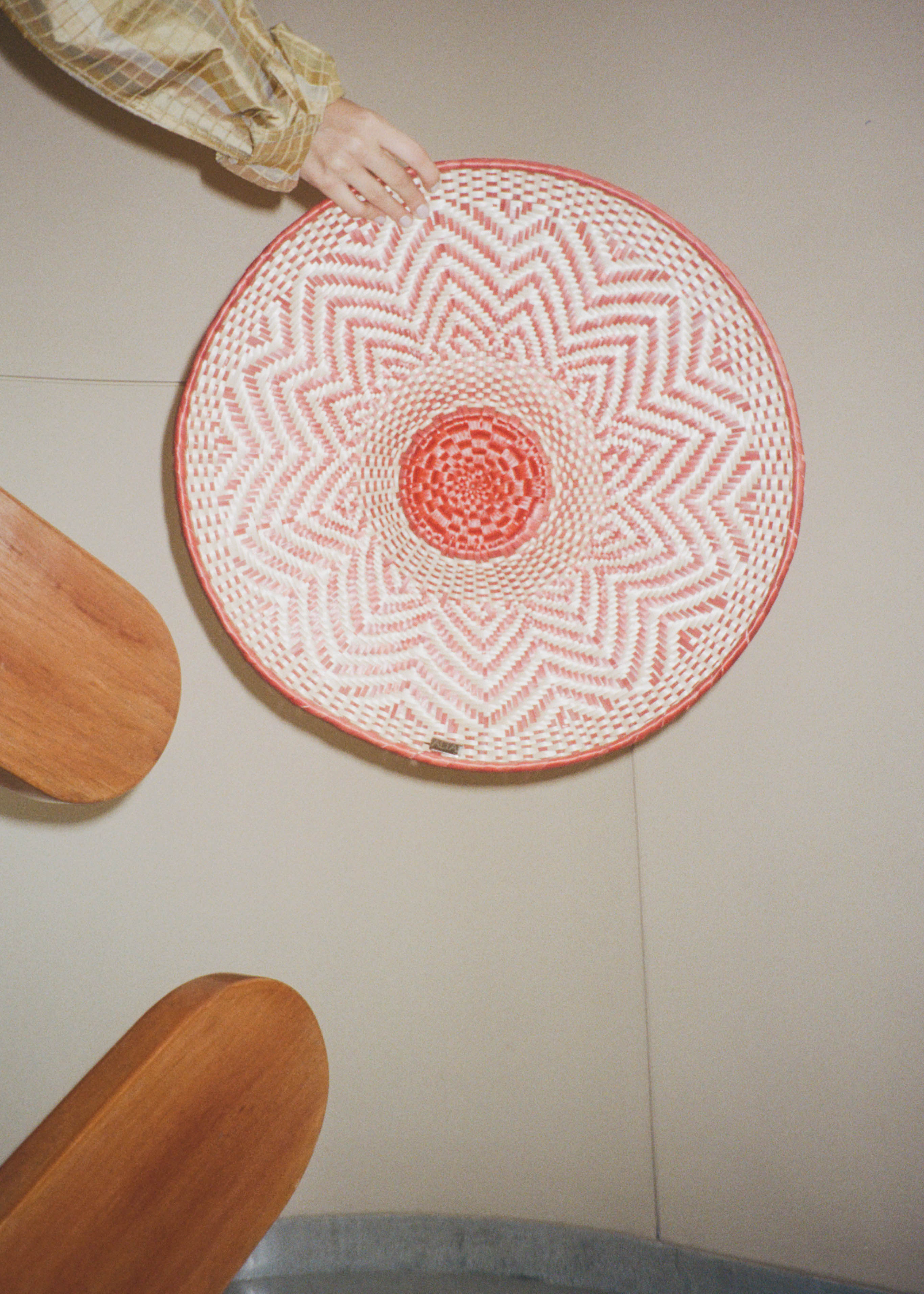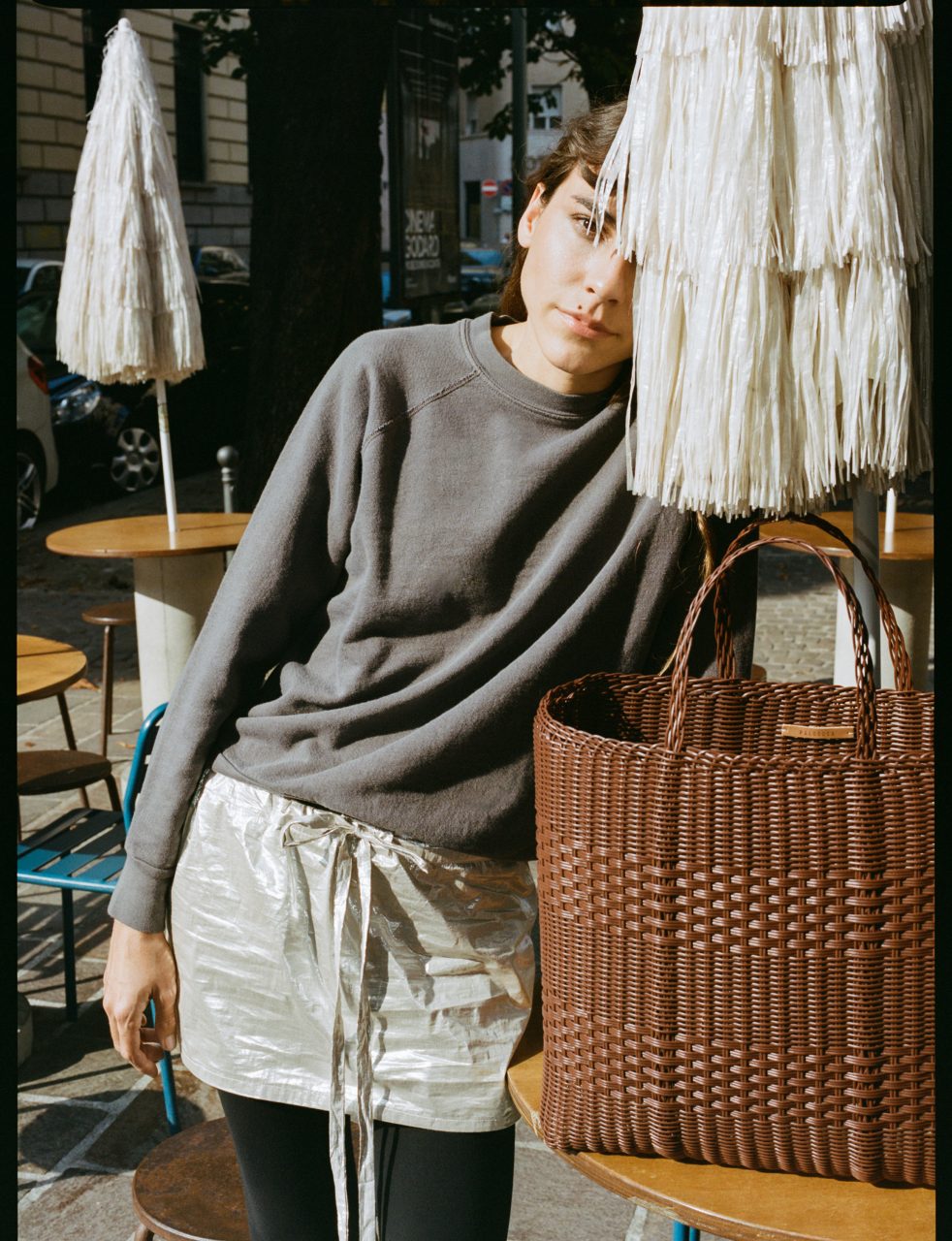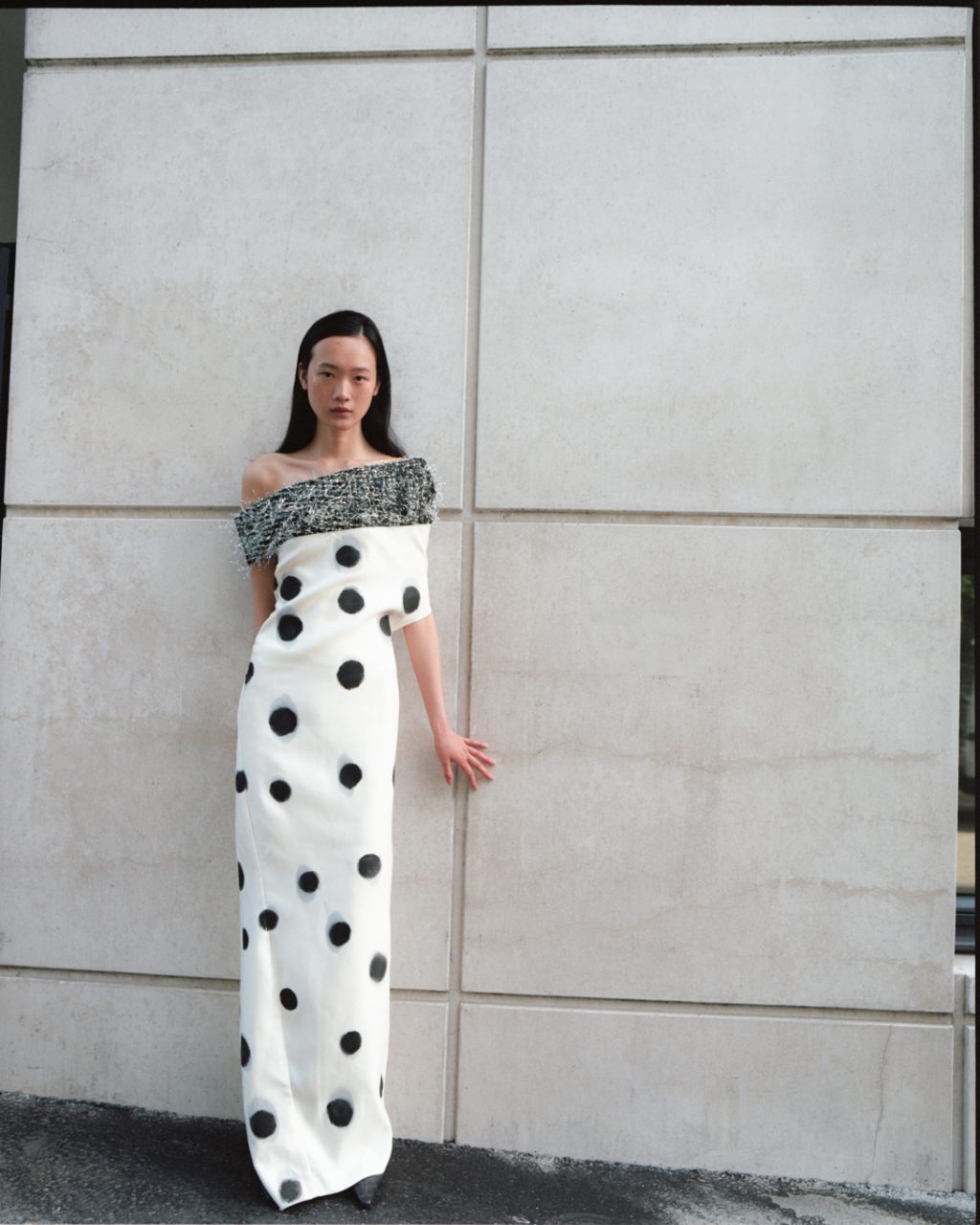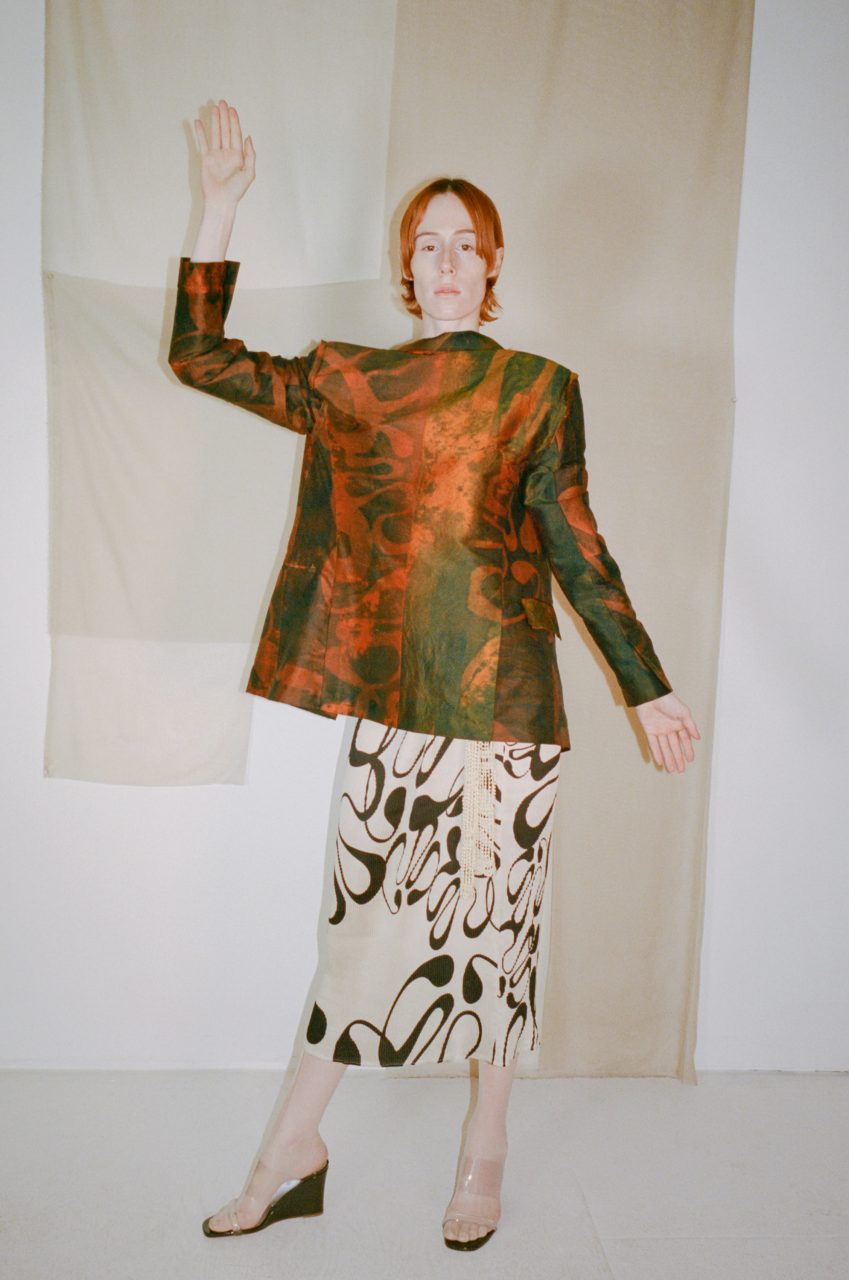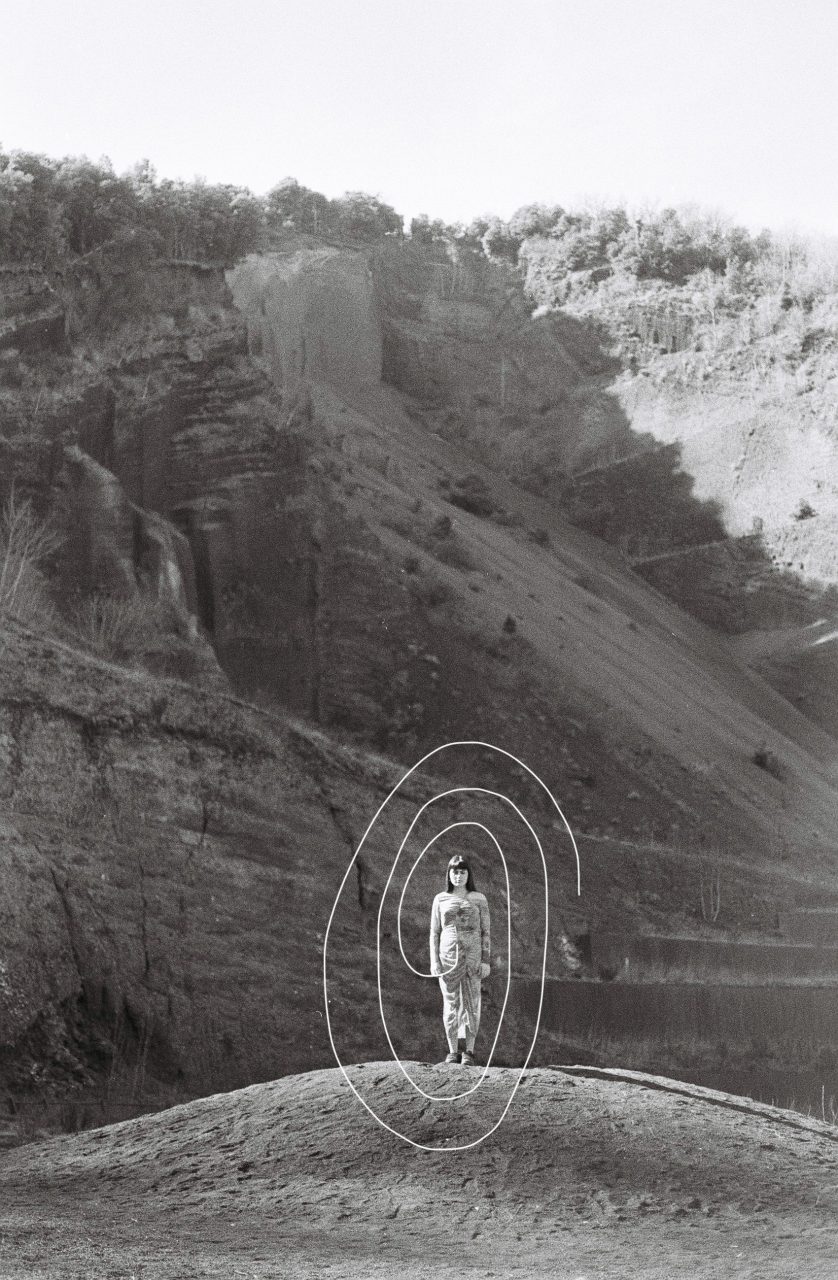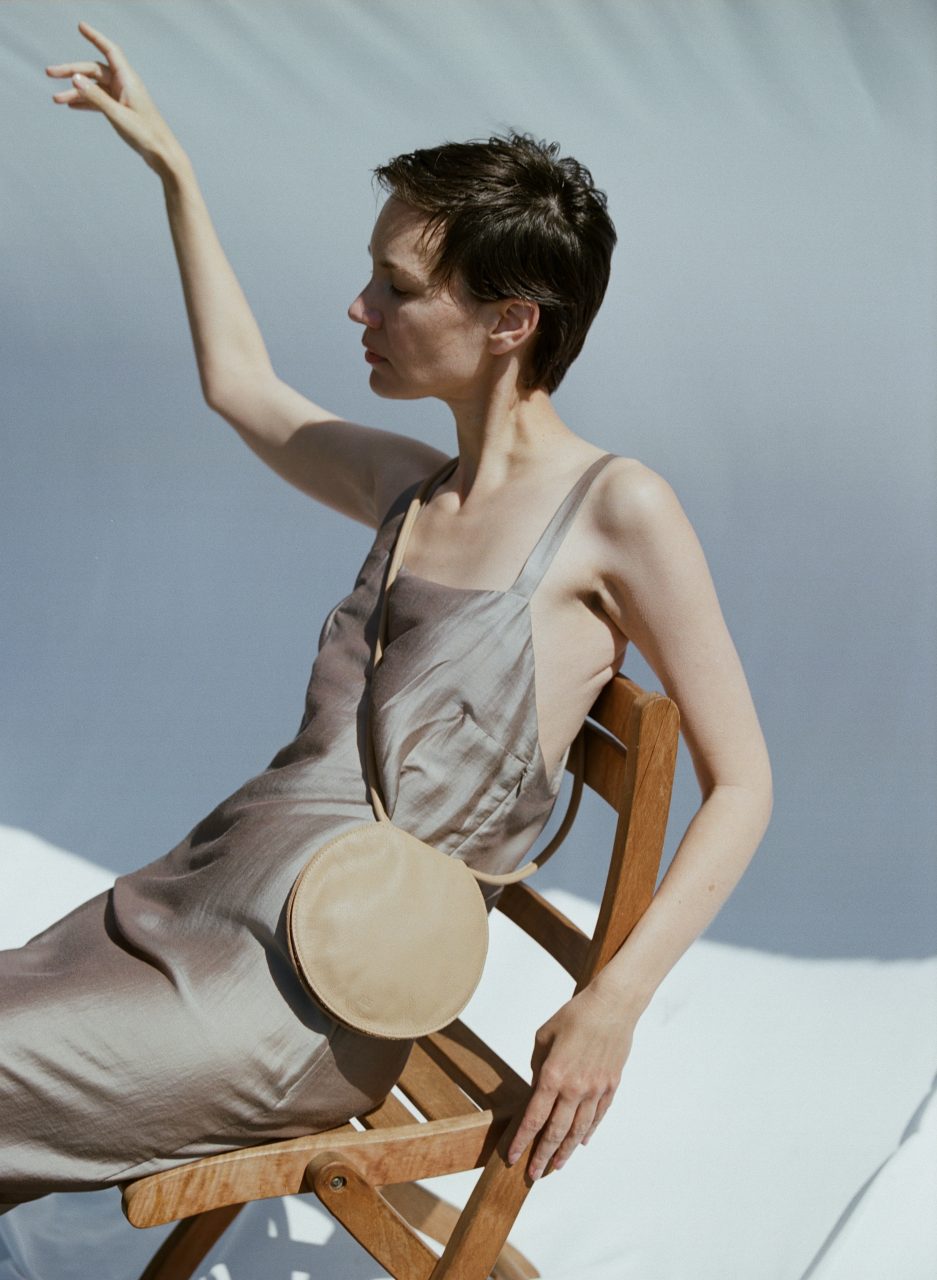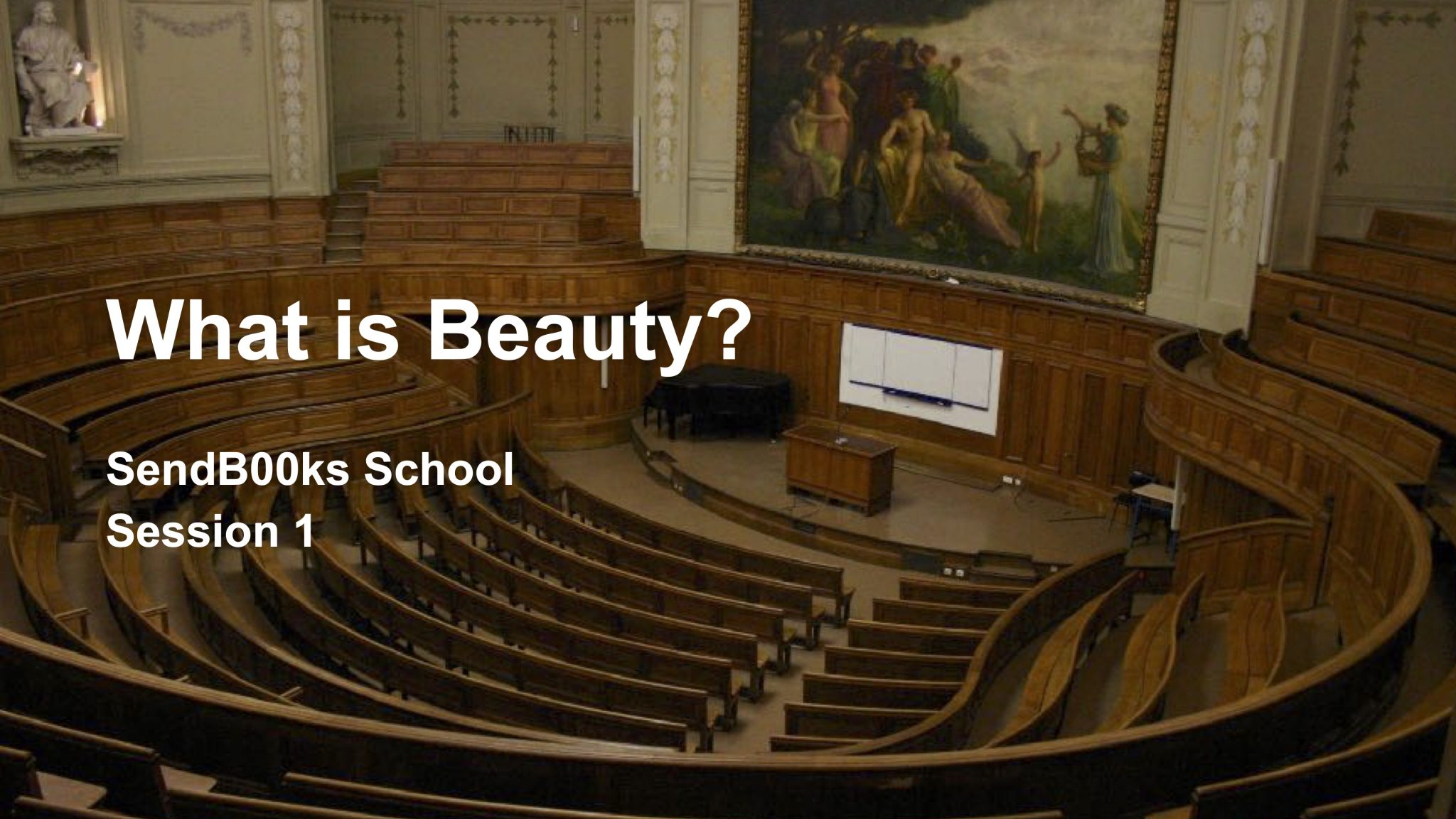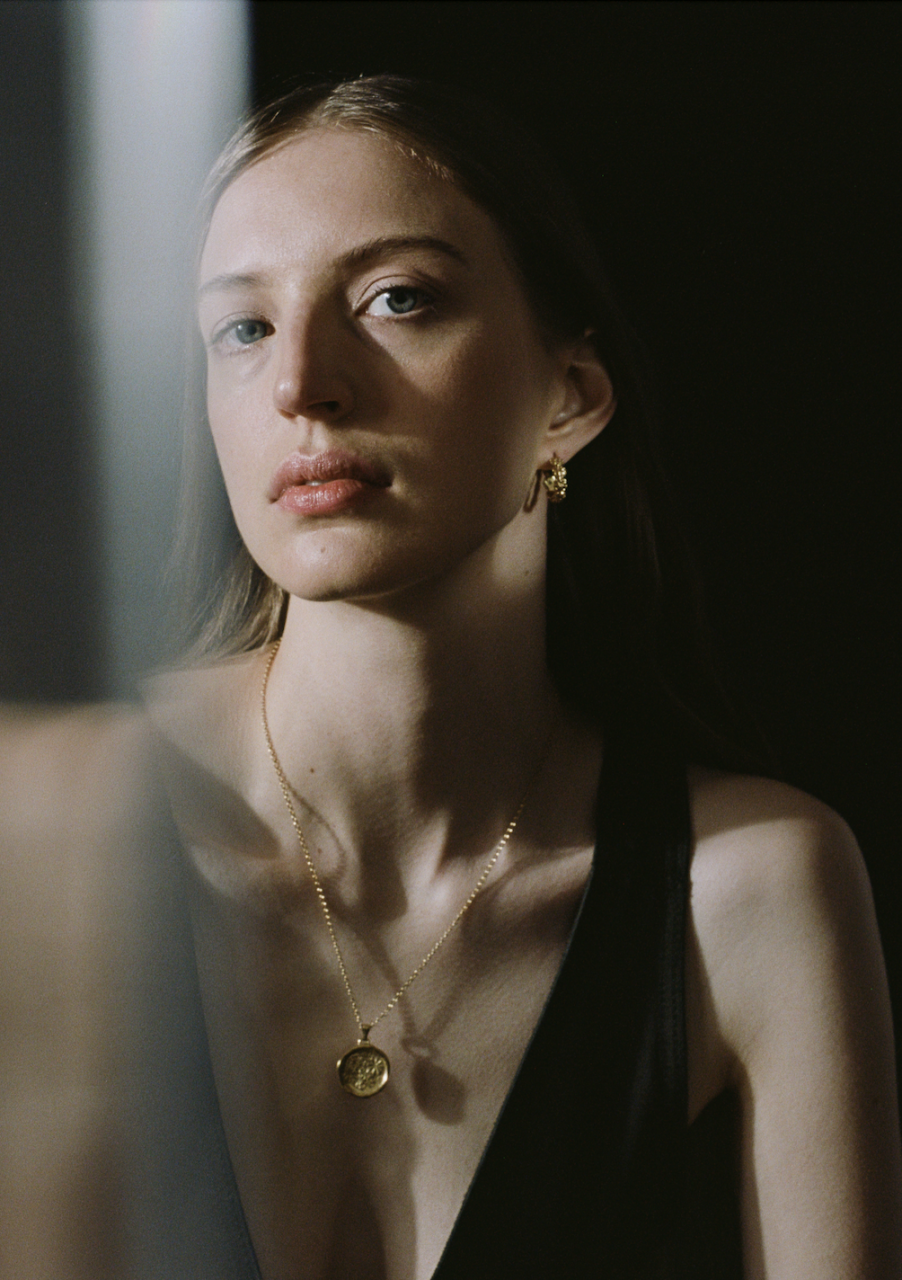‘Andres told me, “Alejo, I don’t know very well what I want to do, but we have everything in our hands to do it; there is the location, there are the pieces and there is Bea, the model, we have all the ingredients to make a great recipe…”, Alejandro recalls, ‘The next day I put everything in a car and we met at Las Torres del Parque, we started to make this incredible series of photos, where Andres’ eye captures (to perfection) the pieces of Alta [Estudio] in this iconic Colombian place.’
In this collection I decided to incorporate a third weaving technique: embroidery. This allowed me to make more figurative drawings and transport the client literally to the Colombian landscape. Botanica is an exploration of the botanical illustrations of Jose Celestino Mutis and different travels through the coffee axis, the Tayrona park, the Amazon jungle … Our first piece was this Platon Valle del Cocora, a landscape of countless wax palms, located in the heart of the Cocora Valley. The wax palm is the national tree of Colombia.’
Alta Estudio has grown to include over 20 collaborators, including Tapias’ mother, Elsa Hernandez, ‘She has always been a super multifaceted woman – she has dedicated her life to help and heal people with alternative therapies, but she has always had a taste for handicrafts running through her veins. My mom is that typical woman who knows how to do everything: she cooks, embroiders, sews, paints, knits, mends things,’ he enthuses.
‘The Botanica collection focuses on the ‘power’ of my mom in all her manual skills, especially embroidery, pieces like the teapot plates and cushions are of her hands. The embroidered pieces are illustrations that both she and I reinterpreted from illustrations of Mutis, drawings of his expeditions in the Americas. They are reinterpretations because they are not copies of his drawings, but rather we play at being him.’
Alta Estudio is based in Bogotá, ‘I make different trips [around Colombia] and in each place I marvel at the diversity of the plants we have, I usually take pictures and then when I get back, I meet my mom and tell her, “Today I want us to embroider the Cocora Valley.” She might look at me and say “Son, you are crazy,” but she always plays along. Each piece is hand painted on the fabric, and then with embroidery thread and different types of wool, my mom gives life to these landscapes, leaves and flowers – she is the artist.’
Tapias seems to find a whole world in his country, ‘Alta Estudio is like a journey of discovery of the culture and craftsmanship in Colombia; I have had the opportunity to meet and cooperate with indigenous communities and artisans such as the Eperara Siapidaara of Timbiquí, weavers of Usiacurí, Guacamayas, San Jacinto, Curiti and Montería ceramists of La Chamba, the Kamentza and Inga Indians of Sibundoy, as well as the Embera Chami of Risaralda, the Wounaan of El Bajo San Juan, cabinetmakers of Tenjo and Meta, among others. Making products that tell stories, transmit a cultural message, maintain traditions, identities and encapsulate in themselves the amazing landscapes, climates, resources and history of the places in which they were made.’
Coming back to this collection, Alejandro explains, ‘The Platones Tetera are both decorative and utilitarian objects. They arise from my exploration of the Paja Tetera basketry made by the Eperaara Siaapidara, from Timbiqui, Cauca, whom I have been fortunate to know since 2013. In this investigation of their traditional basketry and how to use the technique and produce more ‘contemporary’ objects I discovered that the basis of all the weavings of this indigenous community arise through a square weave.
The challenge was to create a round object and get out of the traditional square, for this I sought the support of an indigenous community (expert in weaving round things) The Wounaan, artisans who work the Werregue and are located mostly in the Bajo San Juan in the department of Choco. Their traditional basketry is weaving made in the coil technique, with a natural fibre from a palm tree. The Platones Tetera are the union of the knowledge of two indigenous weaving communities, each one contributing their expertise to generate an attractive object that tells a story through the mixture of colours and weavings.
The Platones reflect the Colombian landscape: forests, volcanoes, seas, coral reefs emerge to life through the weaving and the drawings of this culture. Colombia, its people, its landscapes, its fauna and flora will always be the source of inspiration for Alta Estudio, a studio that emerges as a tribute to my country.’

